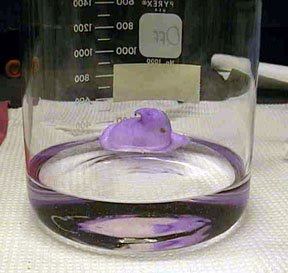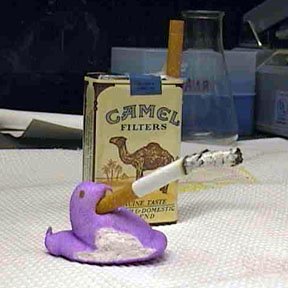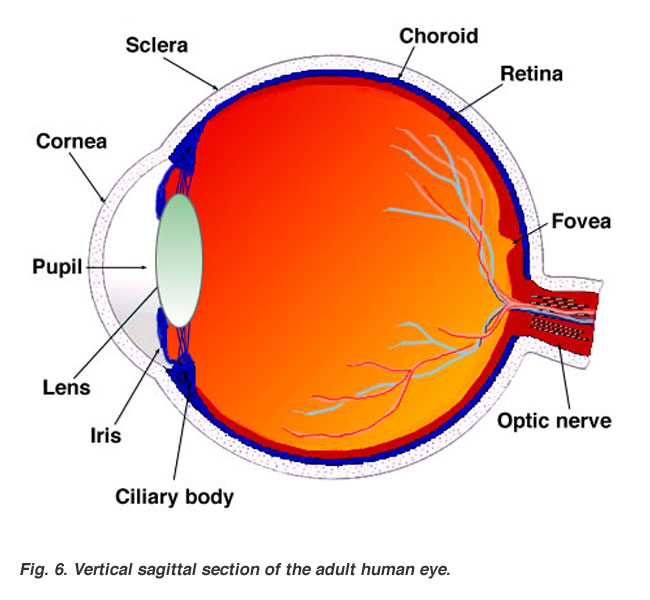
Eight suspected cases of bird flu have been reported in Pakistan, including five members of one family. One relative, who attended a funeral for one of the flu victims in Pakistan and returned to New York, developed flu-like symptoms and went into voluntary quarantine with his son. Tests for exposure to bird flu were negative for both father and son and they are no longer in quarantine. There is more detail on this story at Bloomberg.com
According to the World Health Organization, approximately 340 people in 13 countries have contracted bird flu since 2003. Sixty percent of the cases were fatal and most could be traced to direct contact with infected poultry. At this point, bird flu has not become a highly contagious, seasonal event. But we certainly need to keep tabs on it.
In April of this year, the Centers for Disease Control announced FDA approval for the first human bird flu vaccine against the H5N1 strain of the virus. According to the FDA:
The manufacturer, sanofi pasteur Inc., will not sell the vaccine commercially. Instead, the vaccine has been purchased by the federal government for inclusion within the National Stockpile for distribution by public health officials if needed.
"The threat of an influenza pandemic is, at present, one of the most significant public health issues our nation and world faces," said Andrew C. von Eschenbach, M.D., Commissioner of Food and Drugs. "The approval of this vaccine is an important step forward in our protection against a pandemic."








































